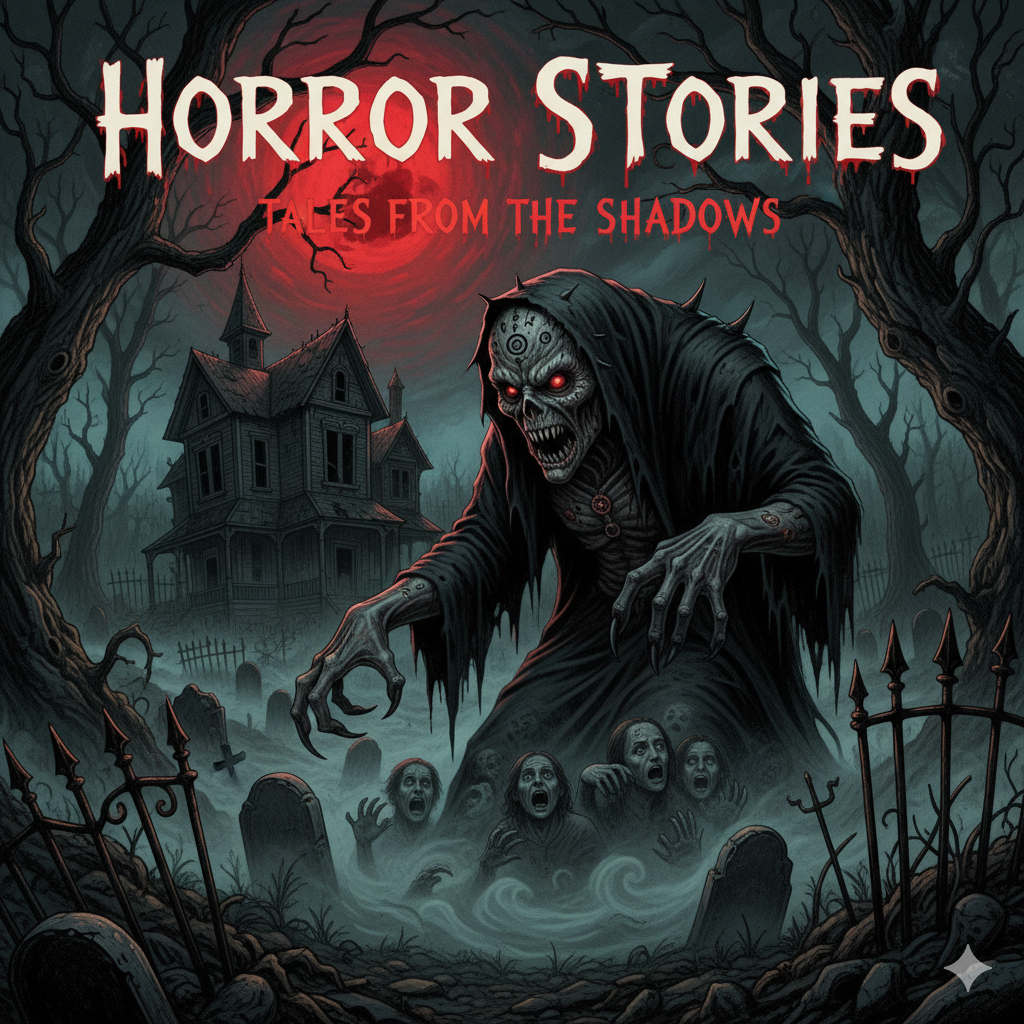Introduction: Batman Caped Crusader
Batman, Caped Crusader, is a beloved character known worldwide. Created by artist Bob Kane and writer Bill Finger, Batman first appeared in Detective Comics #27 in 1939. Since then, he has become a symbol of justice, embodying the struggle against crime and corruption in the fictional Gotham City. Unlike many superheroes, Batman possesses no superhuman abilities; instead, he relies on his intellect, physical prowess, detective skills, and a wide array of gadgets. This article explores the multifaceted nature of Batman, his evolution over the years, and his enduring appeal.
Overview
Welcome to Gotham City, where corrupt good, provokes criminals, run criminals and citizens who follow the law are constantly in a state of fear. In the fire of the tragedy, both forged, rich vocalite Bruce vein becomes both more and less Batman than humans. His one-person crusade for justice attracts unexpected colleagues within the GCPD and the city hall, but his heroic actions give rise to fatal, unexpected effects.
The Origin of Batman: From Tragedy to Vigilantism
The story of Batman begins with tragedy. Young Bruce Wayne witnessed the murder of his parents, Thomas and Martha Wayne, during a robbery gone wrong. This traumatic event instilled in him a lifelong quest for justice. Driven by a desire to prevent others from experiencing similar pain, Bruce dedicated his life to fighting crime. He trained extensively in various disciplines, including martial arts, forensics, and criminology, transforming himself into a formidable force against evil.
Bruce chose the bat as his symbol after a bat flew through the window of his study, inspiring him to adopt a persona that would strike fear into the hearts of criminals. Thus, Batman was born—a symbol of justice shrouded in mystery and darkness.
Batman’s Allies and Partners: The Bat-Family
Batman does not fight alone. Over the years, he has formed a close-knit group of allies known as the Bat-Family. These individuals share his commitment to justice and often assist him in his crusade.
- Alfred Pennyworth: Bruce’s loyal butler and confidant, Alfred serves as a father figure and provides vital support, from medical aid to tactical assistance.
- Robin: The role of Batman’s sidekick, Robin, has been filled by several characters, including Dick Grayson, Jason Todd, Tim Drake, and Damian Wayne. Each has brought a unique perspective to the partnership, often balancing Batman’s darker tendencies.
- Batgirl: Barbara Gordon, the daughter of Gotham City’s Police Commissioner James Gordon, took on the mantle of Batgirl. She became a formidable hero in her own right, demonstrating intelligence and combat skills.
- Nightwing: Dick Grayson, the first Robin, eventually struck out on his own as Nightwing, continuing to fight crime while maintaining a close relationship with Batman.
Batman’s Rogues Gallery: A Dark and Complex Cast of Villains
Batman’s enemies are some of the most iconic in comic book history. This rogues’ gallery includes a diverse array of characters, each with unique motivations and methods.
- The Joker: Perhaps Batman’s most infamous adversary, the Joker is a chaotic and unpredictable villain. His obsession with Batman and penchant for anarchy make him a particularly dangerous foe.
- Catwoman: Selina Kyle, also known as Catwoman, is a complex character who walks the line between ally and adversary. Her romantic tension with Batman adds depth to their interactions.
- Two-Face: Formerly Gotham’s District Attorney, Harvey Dent becomes the villain Two-Face after half of his face is scarred by acid. He represents the duality of justice and chaos.
- The Riddler: Edward Nygma, or the Riddler, challenges Batman with his intellect and penchant for riddles and puzzles, making him a cerebral antagonist.
- Bane: A physically imposing adversary, Bane is known for his immense strength and strategic mind. He famously broke Batman’s back in the Knightfall storyline.
The Evolution of Batman From Comic Books to Pop Culture Icon
Batman has evolved significantly since his debut in 1939. Initially depicted as a dark vigilante, his character softened during the 1940s and 1950s, reflecting broader cultural shifts. The 1960s saw a campier, more light-hearted portrayal of Batman in the television series starring Adam West. This version emphasised humour and colourful villains, diverging from the darker tones of the comics.
The 1980s and 1990s marked a return to Batman’s darker roots, with influential story lines such as The Dark Knight Returns by Frank Miller and The Killing Joke by Alan Moore. These works explored deeper psychological themes and reinforced Batman’s status as a complex and tormented hero.
The turn of the century brought Batman to new heights of popularity, largely due to Christopher Nolan\’s Dark Knight trilogy. These films portrayed a more realistic and gritty version of Batman, delving into themes of justice, fear, and morality.
Batman in Other Media Beyond the Comics
Batman’s influence extends far beyond comic books. He has been featured in numerous television series, films, video games, and more. The animated series from the 1990s, Batman: The Animated Series, is particularly acclaimed for its mature storytelling and iconic voice performances.
In video games, the Arkham series has been praised for its faithful adaptation of the Batman universe, offering players the chance to experience Gotham City and its characters in an immersive way.
The Enduring Appeal of Batman: A Symbol of Justice and Resilience
Batman’s enduring appeal lies in his repeatability and complexity. Unlike many superheroes, Batman is human. He has no superpowers, relying instead on his intellect, training, and resources. This makes him a symbol of human potential and resilience. His story of overcoming personal tragedy to fight for justice resonates with many, offering a message of hope and determination.
Moreover, Batman’s rich universe, filled with compelling allies and villains, provides endless storytelling possibilities. His moral code, refusal to kill, and struggle with his own demons make him a deeply nuanced character.
Conclusion
Batman, the Caped Crusader, remains one of the most enduring and beloved characters in popular culture. His journey from a traumatised child to a symbol of justice has inspired countless fans around the world. As Batman continues to evolve in comics, films, and other media, his legacy as a champion against the darkness remains unchallenged. Whether as a brooding detective or a symbol of hope, Batman’s impact on pop culture and the superhero genre is undeniable.



